Mixing water and electricity is extremely risky and potentially lethal, yet that's exactly what I did with the Scariac. In its simplest form, the Scariac is just a glorified version of two wires in a bucket of water, but it's actually one of the cheapest power controllers you can make.
WARNING!
This project is extremely dangerous and should only be attempted by those highly skilled in working with electricity.
- High voltages and high currents passing through the water provide an open hazard of electrocution, and may cause death.
- This design does not include any electrical ground. This system is not recommended as a safe device. Its purpose, rather, is to regulate electrical current in a simple and low cost way.
- Toxic gases may be released from the solution during operation.
- This project should not be attempted without adult supervision and adequate training. Misuse, or careless use, of tools or projects may result in serious injury. Use of this video content is at your own risk.
Now that that's out of the way...
Making a Poor Man's Power Controller
I needed a way to adjust the power running to my homemade stick welding system, as seen in the video below:
Even with enough power to the welder, the main problem was finding a system that could vary electrical current without costing an arm and a leg.
In a tight situation, it's good to be aware of options, and that's why I was happy to learn about the idea of the water resistor.
Variac vs. Scariac
I got the name "Scariac" (with permission) from YouTube user acronus in his video on making a homemade Variac. It's a fitting name since the system acts very similar to a Variac.

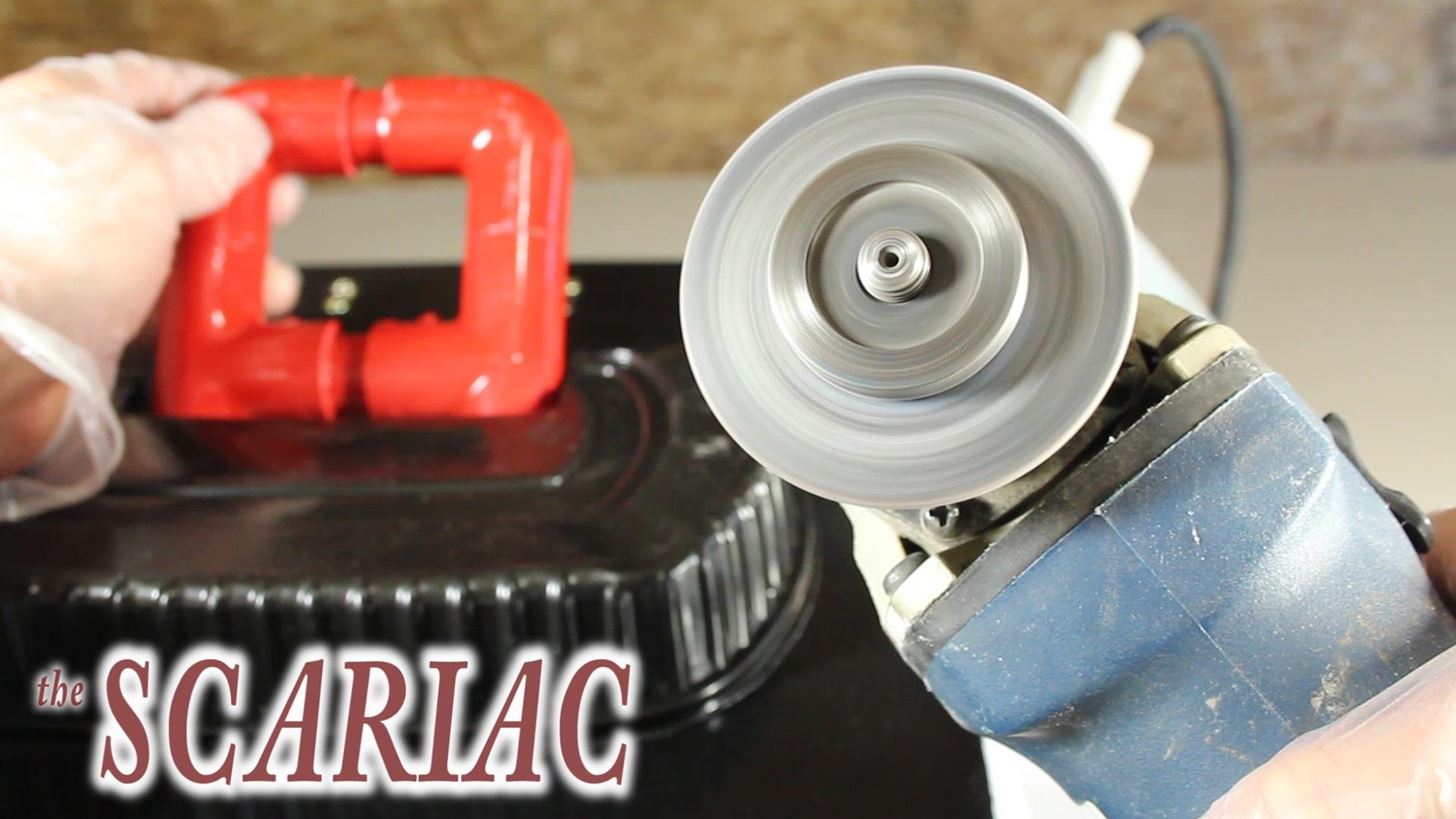
The idea is to use a water-based medium as an electrolytic resistor. A bit of electrolyte is added to the solution to make it slightly conductive, and when two electrodes are placed in the solution, the allow more or less current to flow, depending on whether there are closer or further apart.
In its simplest form, this device is just a glorified version of two wires in a bucket of water.

"How I Did" vs. "How To"
Although I've taken thought to minimize risks in operation, I have to stress that I don't consider this device safe or foolproof. It has the potential to be lethal, and even though I show step-by-step how it was made, this is more of a "How I Did" project rather than a "How To."

The system has a power lever to vary current output, and a loop of wire for connecting an ammeter. The outlet on the board is where the devices plug in, and the switch acts as a kill switch to turn the device completely on or off at will.
ADDITIONAL WARNING
There is no grounding wire connected, as stated before, and always possibility of failure in any part of the system. So, extreme caution and respect is needed when operating. The device doesn't have any internal fuse, circuit breaker, or current-limiting device, so there is also risk of fire if the system shorted out and your home circuit protection system failed. This fire could potentially happen inside the walls of your home.
Using Electrolyte as a Variable Resistor
I used a water-based medium for the variable resistance.
- 2 gallons of tap water (distilled water will also work great, but is more expensive)
- 1/4 teaspoons of 100% Lye (NaOH)

Even though the amount of lye is very low, it makes the water conductive very quickly.
I found my lye in a drain cleaner from the hardware store. 100% lye in fact!

Any salts could probably be used as an electrolyte, but using something like table salt (NaCl) seemed to introduce the possibility of generating chlorine gas, and that's why I went with the NaOH instead.
Additional Considerations
During operation, the electrolysis does produce some gas, however it seems to be minimal when supplying with AC power. DC would be a much greater concern.
The system is also open (ventilated) so any gas generation escapes quickly. In my experience, this doesn't give hydrogen and oxygen gases enough time to build up to a dangerous level, and I wasn't able to achieve any gas explosions, even at ultra-high power settings, despite trying. However, it is good to be aware of the risks, and operate in a well-ventilated area as a precaution.
Well, there you have it! That's how I sacrificed safety to build a variable power controller on a very small budget.

If you haven't see the video yet, it's not too late. Watch it here!
If you like this project perhaps you'll like some of my others. Check them out at thekingofrandom.com.
Just updated your iPhone? You'll find new features for Podcasts, News, Books, and TV, as well as important security improvements and fresh wallpapers. Find out what's new and changed on your iPhone with the iOS 17.5 update.
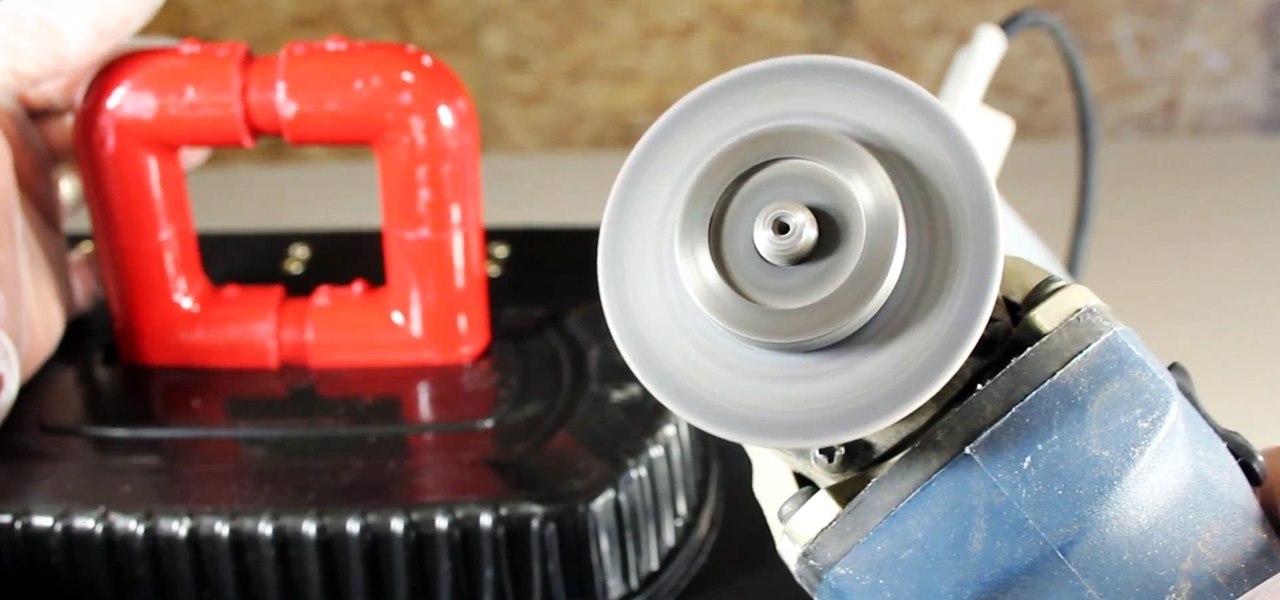


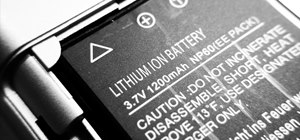



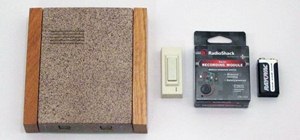

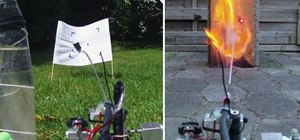


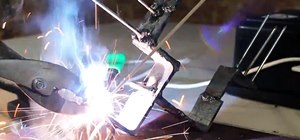






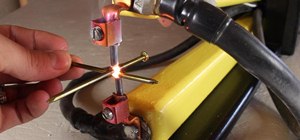





Be the First to Comment
Share Your Thoughts